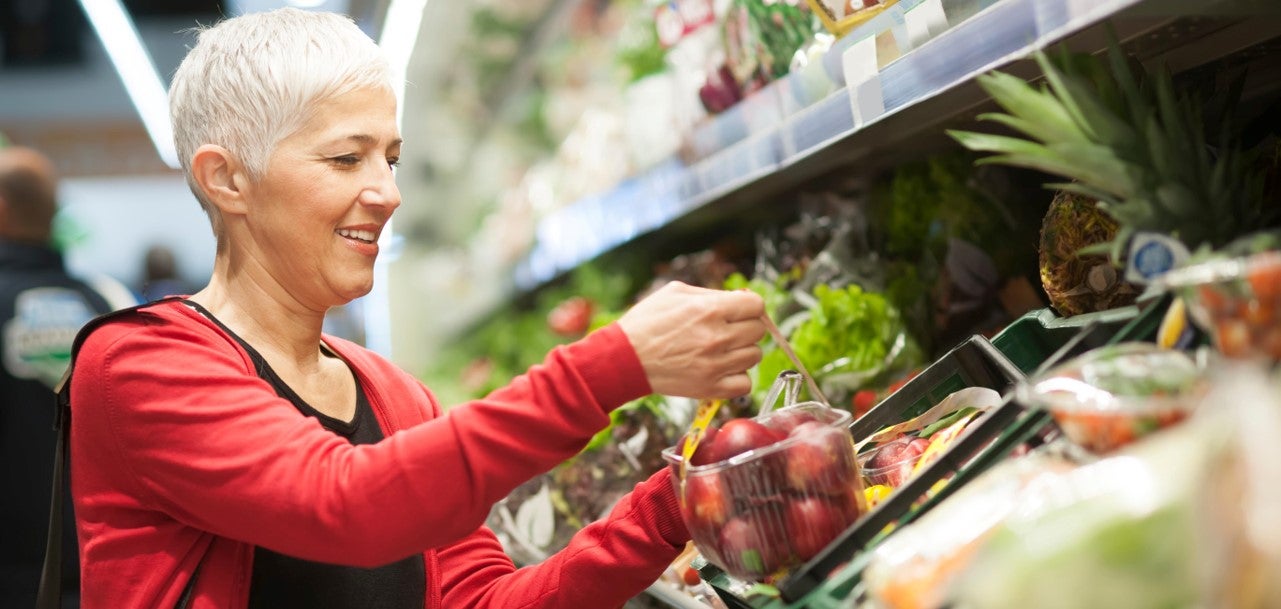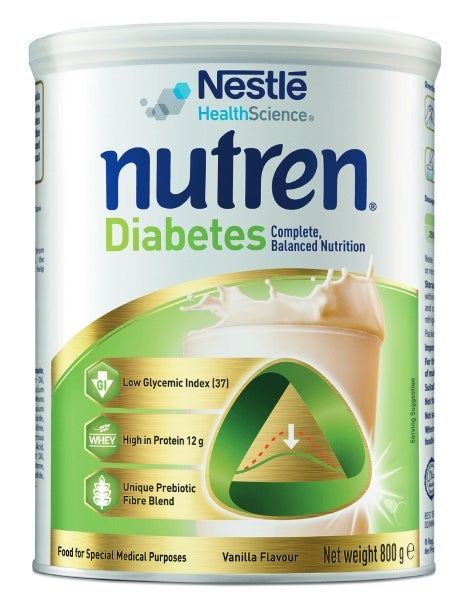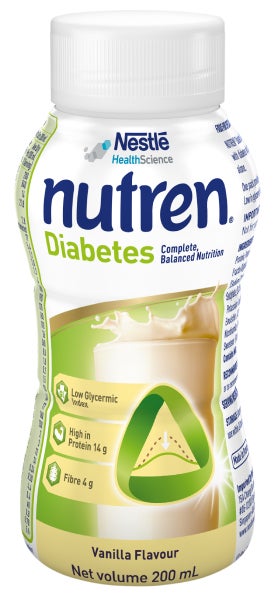
There are several benefits to following a healthy diet, one importantly being it can help better manage and maintain blood sugar levels within your target range. You may worry that having diabetes means no longer being able to eat foods you enjoy. The good news is you can still eat your favorite foods – just in smaller portions or less often.1 Taking good care of yourself and controlling your diabetes doesn’t have to be a challenge if you understand what to eat, how much to eat, and when to eat. Meeting with a dietitian can help you develop an eating plan that works for you.
While there is no “one-size-fits all” diet, it is important to limit consumption of sugar-sweetened beverages, highly refined grains and processed foods which are high in (added) sugar, saturated fat, and sodium.1,2,10 Instead, a healthy diet should include minimally processed nutrient-rich foods that are low in sugar and saturated fat, high in fiber, and are a good source of “healthy fat.” Some examples include fresh fruits and non-starchy vegetables, nuts, olive oil, avocado, whole grain breads and cereals, low-fat dairy, lean meats, poultry, legumes, and fatty fish and water in place of sugar-sweetened beverages.3-7
What about alcohol?
If you drink alcohol, drink in moderation — no more than one drink a day if you’re a woman or two drinks a day if you’re a man. Alcohol should be consumed with a meal or snack that includes complex carbohydrates because alcohol alone can put someone at risk for low blood sugar. This is especially true if you haven’t eaten in awhile, use insulin, or take diabetes medicines that increase the amount of insulin your body makes.8-10


